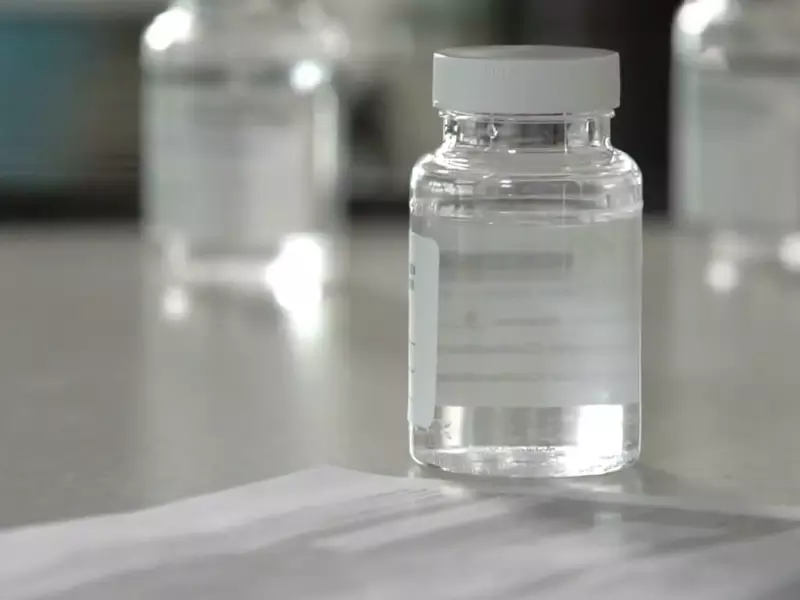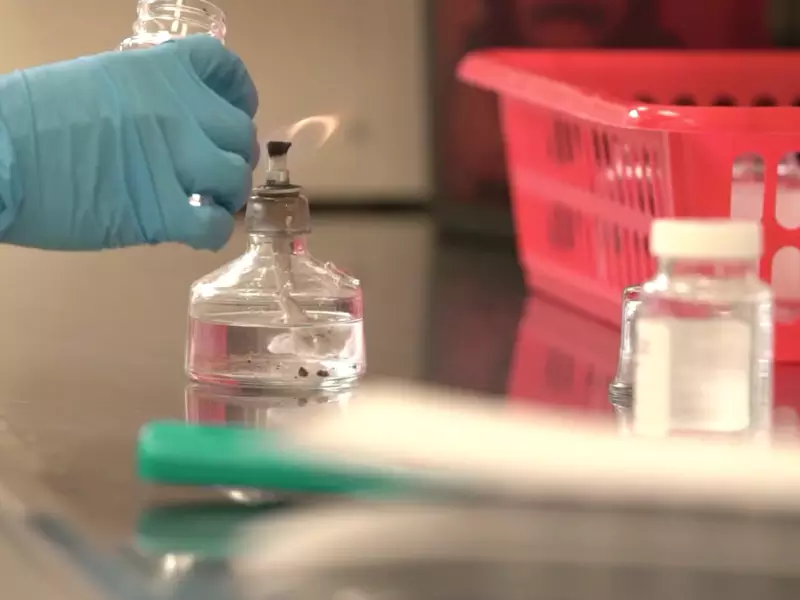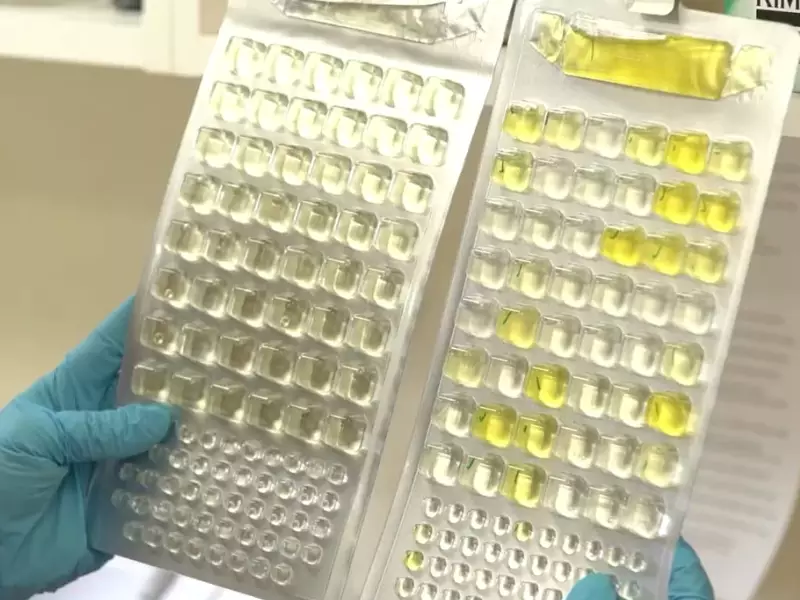Well water, being a natural resource, plays a pivotal role in many households and industries worldwide. Its quality directly affects our health and daily life. However, the purity of well water is often taken for granted, overlooking the presence of harmful bacteria and pesticides.
Testing well water for bacteria and pesticides ensures the safety and health of those who consume it. Regular testing confirms that the water remains free from harmful agents and meets quality standards for drinking and other uses.
The concerns arising from contaminated well water aren’t mere paranoia. The repercussions of consuming tainted water range from mild illnesses to chronic health conditions, emphasizing the critical nature of periodic testing.
Well Water Basics
Source and Characteristics
Well water originates from aquifers—natural underground reservoirs. When rain falls or snow melts, the water that doesn’t evaporate or become runoff seeps into the ground. As it moves through the soil, this water can pick up various minerals, chemicals, and contaminants, eventually collecting in these aquifers. Wells tap into these sources, drawing water upwards for human use. The very process of percolation through soil acts as a natural filter, but it’s not infallible. The earth can filter out many larger contaminants, but smaller ones, especially chemical compounds, can remain in the water.

Common Uses and Concerns
Well water has a vast array of applications. Beyond quenching thirst, it’s crucial for:
- Cooking and food preparation
- Bathing and personal hygiene
- Irrigation for agriculture
- Supplying industries like textiles and manufacturing
- Watering gardens and lawns
The concern? Natural filtration isn’t always enough. While well water often tastes fresher due to the lack of chlorine—a chemical used in municipal water treatment—it can still harbor invisible threats. The lack of consistent treatment means each well’s water quality can vary, depending on regional pollutants, local agricultural practices, and even natural mineral deposits.
Bacteria in Well Water
Types and Sources
While many bacteria are harmless—and some even beneficial—others can cause disease. Two primary bacterial concerns in well water are:
- Coliform Bacteria: These are ubiquitous in the environment, and while most don’t cause disease, their presence may indicate other, more harmful bacteria in the water.
- E. Coli: This is a subtype of coliform bacteria. Some strains are harmless, but others can cause severe gastrointestinal illnesses.
Their presence can stem from various sources, including septic tank leaks, agricultural runoff, or even the feces of birds and small mammals near the wellhead.
Health Implications
Consuming water contaminated with harmful bacteria can lead to several health problems. Symptoms might include nausea, vomiting, cramps, and diarrhea. For vulnerable populations, like the elderly, children, or those with compromised immune systems, the effects can be even more severe, emphasizing the need for regular testing and, if necessary, treatment.
Pesticides in Well Water
Common Pesticides in Groundwater
A plethora of pesticides are used in agricultural practices. Some that often end up in groundwater include:
- Atrazine: Widely used in corn crops, it can disrupt endocrine functions in humans.
- Glyphosate: Known as the active ingredient in Roundup, it’s the world’s most used herbicide. Its long-term effects on human health are still under study.
Effects on Health and Environment
Regular intake of water contaminated with pesticides can result in chronic health issues. Even in trace amounts, these compounds might disrupt the endocrine system, impair child development, or increase cancer risk. From an environmental perspective, pesticide-laden runoff can be detrimental to aquatic ecosystems. Fish may develop deformities, or entire species could perish due to drastic pH changes and contaminant toxicity.

Home Testing for Bacteria
Benefits of Home Testing
Home testing kits have revolutionized the way we approach water safety:
- Ease of Use: Most kits are user-friendly, requiring no specialized knowledge.
- Promptness: Instead of waiting for lab results, you can often get results within hours or days.
- Regular Monitoring: Their affordability means you can test your water more frequently, ensuring consistent safety.
Available Test Kits
The market offers an array of testing options. Some other notable kits include the Safe Home Bacteria in Water test and the Drinking Water Specialists Kit. When choosing, ensure the kit is certified and covers a broad spectrum of bacteria and pesticides.
Steps for Accurate Results
For reliable results:
- Avoid touching the inside of the test container or the water sample with your hands.
- Use cold water and let it run for 2-3 minutes before collecting.
- Store the sample away from direct sunlight and extreme temperatures.
Laboratory Testing for Bacteria
When to Choose Laboratory Testing
While home kits are fantastic for routine checks, lab tests are pivotal when:
- Legal or health concerns arise.
- Home results seem inconsistent or alarming.
- You need a comprehensive water quality profile.
Finding a Reputable Lab
Your local health department can often provide a list of certified labs. Additionally, the EPA’s Safe Drinking Water Hotline can assist in pointing you in the right direction.
Sample Collection and Submission
Each lab might have specific protocols, but some general best practices include:
- Using the containers provided by the lab to avoid contamination.
- Filling the container to its specified volume.
- Labeling samples with date, time, and collection site.
Home Testing for Pesticides
Advantages of At-Home Tests
Testing for pesticides at home provides a first line of defense:
- Early Detection: Identify issues before they escalate.
- Cost Efficiency: While lab tests are thorough, they can be pricier than home kits.
- Empowerment: Take charge of your health by staying informed about your water quality.
Types of Test Kits Available
Pesticide detection kits like the Essential Indicators Test from Safe Home and the Pro Lab Pesticide Test are popular choices. These kits come equipped with all necessary components and detailed instructions.
Ensuring Valid Results
For optimal results:
- Always use fresh samples. Don’t test stale or old water.
- If a kit provides multiple tests, consider testing multiple times for consistency.
- Document any changes in water odor, taste, or appearance during testing.
Laboratory Testing for Pesticides
Reasons for Professional Tests
While home tests offer a convenient preliminary assessment, laboratory tests delve deeper. They provide:
- Precision: Labs utilize sophisticated equipment capable of detecting even trace amounts of various pesticides.
- Comprehensiveness: Unlike limited home kits, professional tests can identify a wide array of pesticides, even those less common.
- Validity: Results from accredited labs are recognized by health departments, making them suitable for both personal knowledge and official purposes.

Selecting a Trustworthy Lab
A reliable lab is instrumental for accurate results:
- Accreditation: Check if the lab has accreditations from recognized bodies or associations. This implies adherence to specific standards.
- Reviews: Previous customer experiences can offer insights into a lab’s reliability and service quality.
- Methods Used: Inquire about the techniques the lab uses to detect pesticides. Gas Chromatography and Mass Spectrometry, for instance, are industry standards.
Preparing and Sending Samples
When dispatching samples to a lab:
- Follow the sample collection guidelines provided by the lab.
- Ensure the container is sealed securely to prevent contamination or spillage.
- Keep the sample refrigerated if required but avoid freezing.
- Document the sample’s details—collection date, time, and any observed changes in the water’s properties.
Interpreting Results
Bacteria Level Indicators
Upon receiving your test results:
- Total Coliform Count: Indicates the general bacteria level. A high count doesn’t always mean disease-causing pathogens are present, but it’s a warning sign.
- E. Coli Presence: Any amount signals contamination, usually from human or animal waste. Immediate action is essential.
Recognizing Pesticide Concentrations
Results typically list pesticides detected, their concentrations, and comparison to accepted safety levels. Familiarize yourself with common pesticides in your region to better understand the potential sources and risks.
Safe vs. Unsafe Levels
Always compare your results against the safety benchmarks set by health authorities:
- For Bacteria: Typically, there shouldn’t be any E. Coli present. Coliform bacteria should be below stipulated levels, often set by local health departments.
- For Pesticides: Levels should remain under the Maximum Contaminant Level (MCL) set by bodies like the EPA.
Remedial Measures
Purification Systems for Bacteria
- Boiling: The simplest method. Boiling water for at least one minute can kill most bacteria.
- Ultraviolet (UV) Systems: UV light kills bacteria and viruses, making water safe for consumption.
- Chlorination: Adding chlorine can disinfect water, but it might leave a residual taste or odor.
Pesticide Removal Techniques
- Activated Carbon Filters: These filters can adsorb many pesticides, reducing their concentration in water.
- Reverse Osmosis: A more thorough method, it can filter out larger pesticide molecules from water.
- Distillation: This process involves boiling water and then condensing the steam, leaving behind contaminants.
Regular Maintenance and Retesting
Stay proactive:
- Schedule regular water tests, especially if there have been changes in local agricultural practices.
- Regularly inspect and clean your well area to prevent direct contamination.
- After installing any purification system, continue with periodic tests to ensure its effectiveness.
Frequently Asked Questions
Why is my well water cloudy or turbid?
This can be due to the presence of excess air in the system or particulate matter in the water. However, it’s essential to test the water to ensure there are no harmful contaminants.
Can boiling water remove pesticides?
Boiling can kill bacteria, but it’s ineffective against most pesticides. Filtration systems are more suitable for pesticide removal.
How often should I test my well water?
It’s recommended to test well water annually or if any changes in taste, odor, or appearance are noticed.
Conclusion
The essence of clean water transcends basic hydration. It embodies health, wellness, and a commitment to quality living. Testing well water, be it in our homes or labs, stands as a silent testament to this commitment.
The vitality of such tests reveals itself not just in the numbers or results but in the assurance of safety. For every household using well water, this diligence is not just recommended but essential.
Stepping forward, let’s pledge allegiance to purity, vouch for safe practices, and pledge to safeguard our health and our environment.